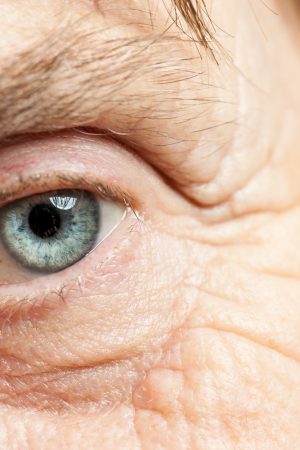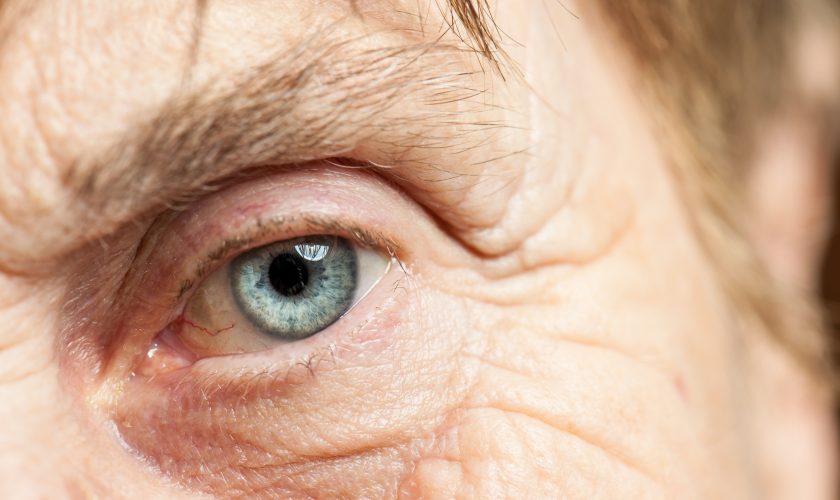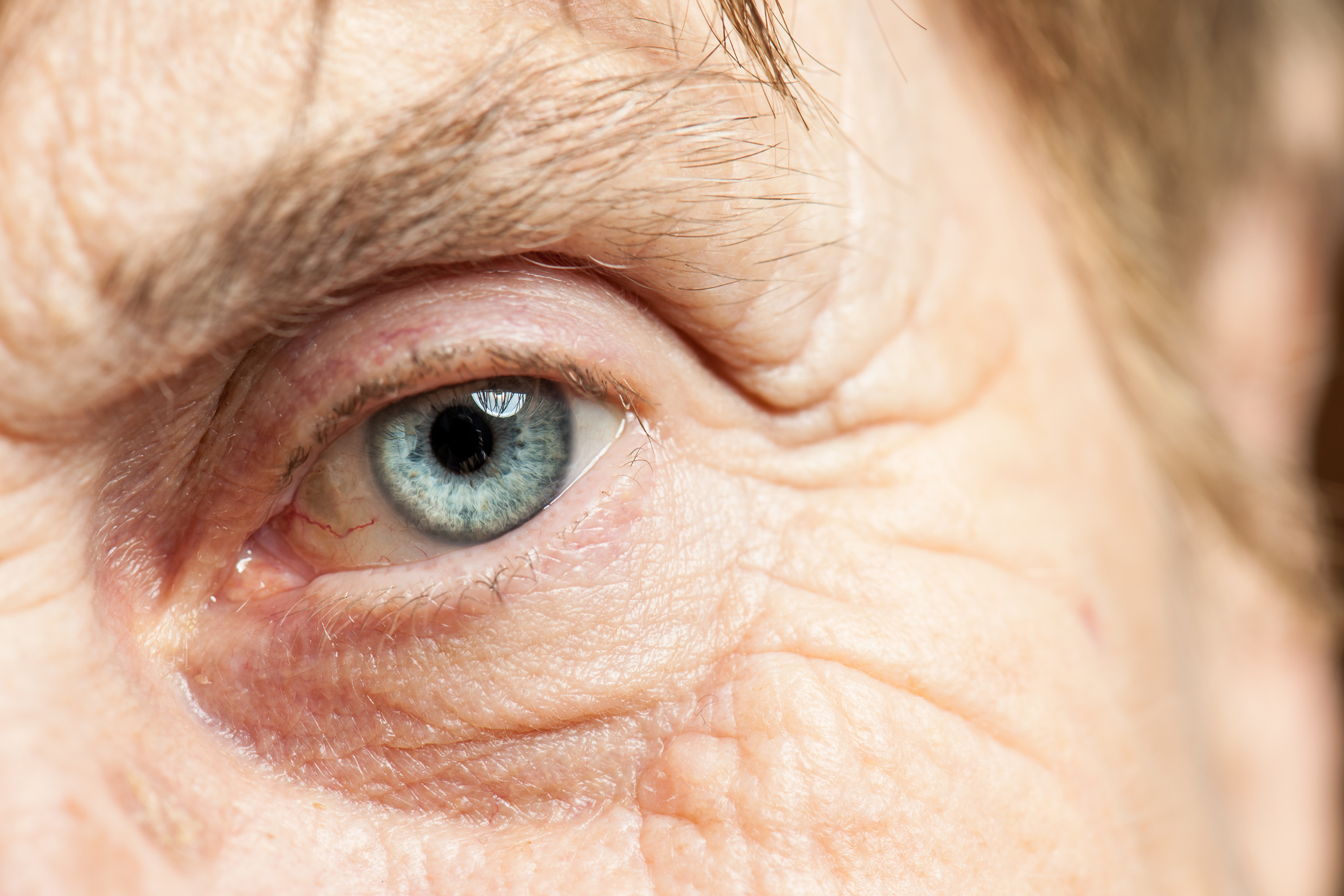A cataract is a clouding of the lens in the eye that affects vision. Most cataracts are related to aging. Cataracts are very common in older people. By age 80, more than half of all Americans either have a cataract or have had cataract surgery.
A cataract can occur in either or both eyes. It cannot spread from one eye to the other.
Causes
You develop them when protein builds up in the lens of your eye and makes it cloudy. This keeps light from passing through clearly. It can cause you to lose some of your eyesight. There are different types of cataracts. They include:
- Age-related. These form as you get older.
- This is what doctors call it when babies are born with cataracts. They may be caused by infection, injury, or poor development in the womb. Or, they can form in childhood.
- These happen as a result of other medical conditions, like diabetes. They can also result from being around toxic substances, ultraviolet light, or radiation, or from taking medicines such as corticosteroids or diuretics.
- These form after an injury to the eye.
Other things that can raise your chances of getting cataracts include cigarette smoke, air pollution, and heavy drinking.
Symptoms
Most age-related cataracts develop gradually. As a result, you may not notice signs or changes in your vision right away when cataracts first develop.
Here are some vision changes you may notice if you have a cataract:
- Having blurry vision
- Seeing double (when you see two images instead of one)
- Being extra sensitive to light
- Having trouble seeing well at night, or needing more light when you read
- Seeing bright colors as faded or yellow instead
Remedies
Some eye drop remedies have had great success in treating cataracts. Other remedies have also had great success in treating cataracts without surgery. Dr Robert Rowen, editor of Second Opinion, developed a formula to be used three times daily which can be made by pharmacies with the following ingredients:
- DMSO – 6.25 percent
- Vitamin C – 1.25 percent
- Glutathione – 1.25 percent
Famed herbalist Dr. John Christopher also reported treating cataracts successfully with his herbal eyebright eye drops formula. Some suggest that a combination of the DMSO formula and eyebright might be the best eye drop treatment option of all.
Digestive enzymes therapy has also been used successfully to treat cataracts by improving blood circulation in the eyes and helping rid the eyes of debris. Suggested enzymes are:
- Superoxide dismutase
- Bromelain
- Serrapeptase
- Trypsin with chymotripsin
- Pancreatin
- Microbial protease
- Pepsin
Pascalite is a creamy white-colored form of bentonite clay found only in the Big Horn Mountains of Wyoming. Cataract patients have reported that applying the clay paste to their eyelids and making eye drops from water filtered through the clay has helped to dissolve their cataracts.
Cineraria maratima, or dusty miller, is a common herb whose juice is known to dissolve cataracts. To obtain the full effects of this herb, the mother tincture must be used diluted in saline water. Commercial dusty miller products are not effective.
Other cataract remedies include:
Saffron
In a recent trial, every participant who took the kitchen spice saffron had vision improvements, including those who had cataracts.
Honey
An ancient Egyptian remedy for cataracts consists of placing a few drops of raw organic honey (Manuka honey is the best) in the eyes twice or more each day.
Carrots
Consuming plenty of carrots or drinking two glasses of fresh carrot juice daily has been reported to alleviate cataracts.
Garlic Cloves
Eat two or three cloves of raw garlic daily, chewing slowly, to clean the crystalline lens of the eye.
Prevention
There are a few preventative measures you can take to decrease your chances of getting cataracts.
The following list includes some of these measures
Eye Exams
it is very important to receive yearly eye exams so that any abnormalities or problems can be detected in the early stages. By knowing about the problem early on, you can take other preventative measures to prolong the progression of development.
Smoking
Smoking increases the chances of development of cataracts. Smoking produces free radicals within your body that cause damage to many structures. What free radicals do is disrupt the cells of your body turning your normal cells into free radicals as well. Your body will no longer recognize the distorted cells and begin to try to destroy them. In the process of destroying these damaged cells, the structure around them can also be damaged as well.
Diet
While not proven effectively, it is suggested that increasing the amount of vegetables and fruit in your diet may be a preventative measure. Testing is still being done to determine the truth of this claim.
Sun Exposure
As mentioned earlier, radiation can cause cataracts. Sun light is a form of radiation that can cause these damages as well. By limiting exposure you can significantly decrease your chances. However, wearing protective eye wear such as UV blocking sunglasses can help as well.
Take Care of Yourself
Certain illnesses such as diabetes increase the chances of cataracts. It is very important that you take care of all health conditions that you may have.



